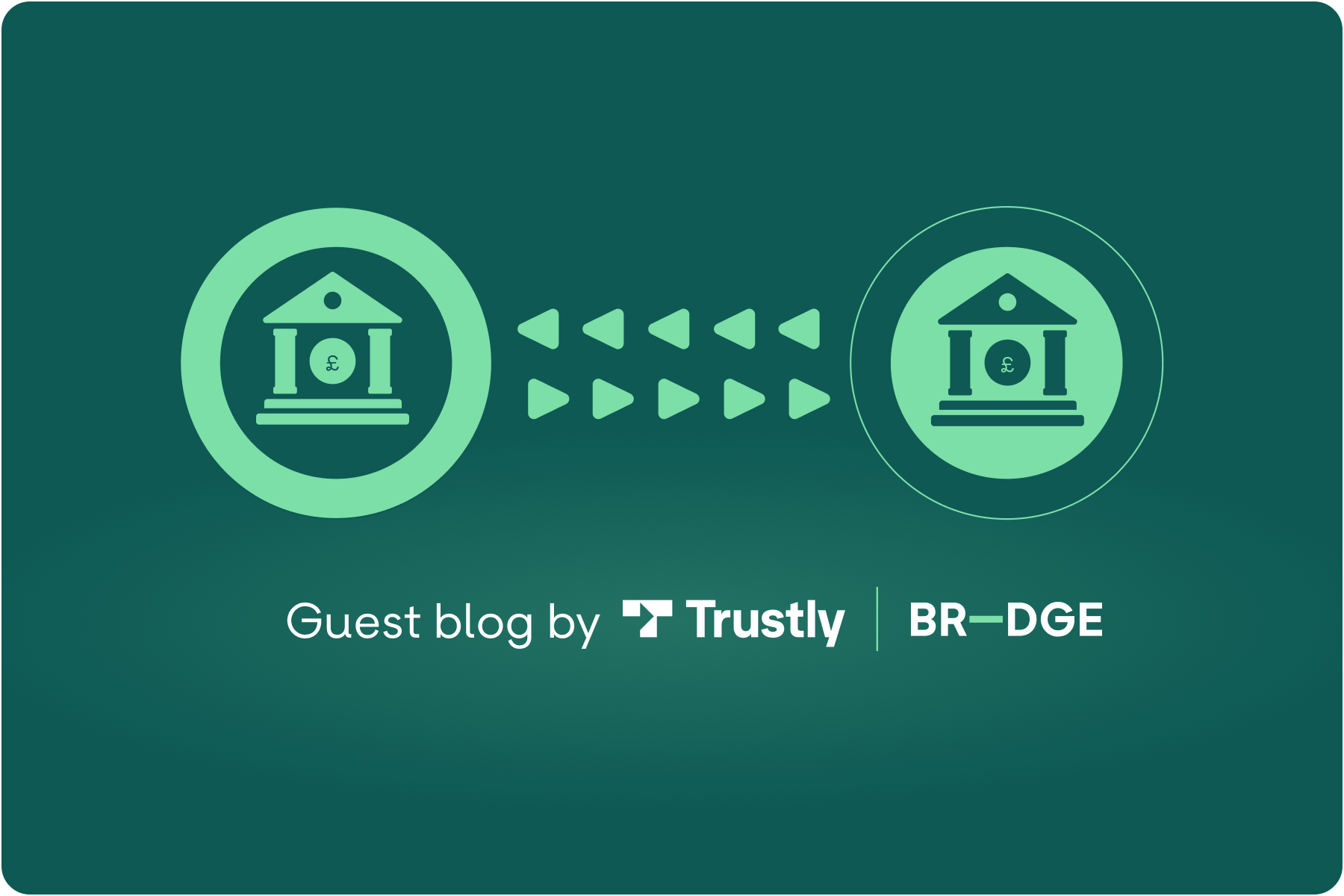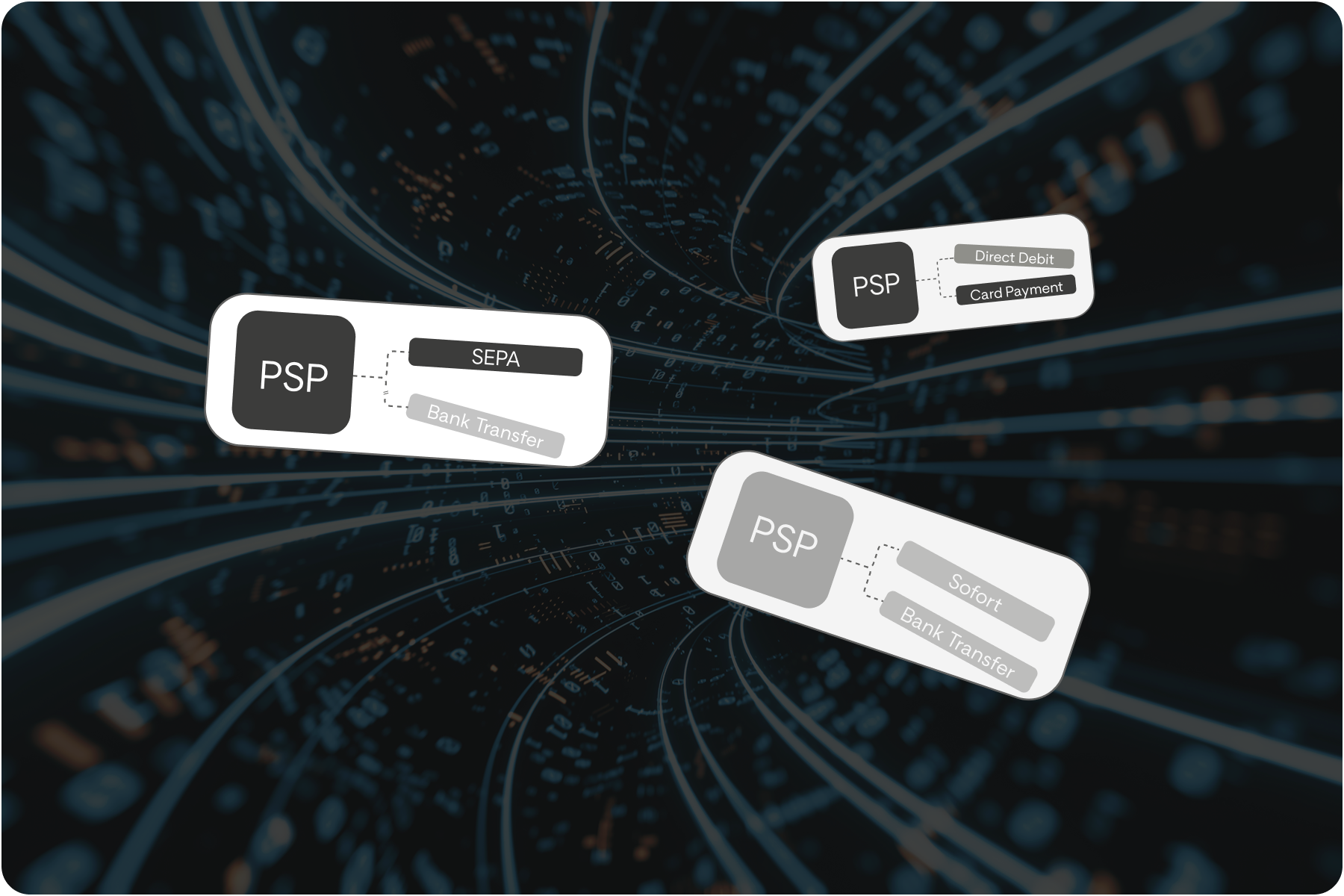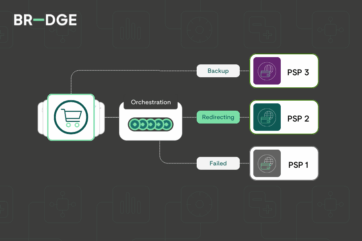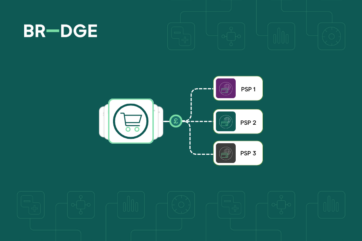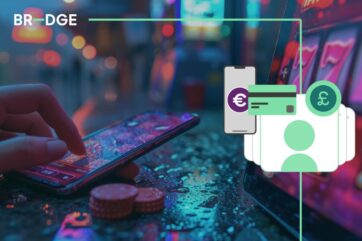
Delivering on-the-go convenience for transport payments

Transport is a necessity. When the whole world seemed to stop in the 2020 global pandemic, public transport kept moving, connecting commuters and communities with vital workers. However, despite the sector’s resilience it has had to evolve.
The last few years for the transport sector have been turbulent, navigating lockdowns, rules limiting travel, new work from home mandates and public perceptions surrounding the ease and safety of travel. As we all emerge, appetite for leisure travel increases and commuters seek to connect and collaborate in offices, transport will once again play a key role in the lives of many. Yet rapid digitisation is required to ensure the transport sector can offer the best service and solution for the post-pandemic, modern customer.
Rush to digitise the experience
Although transport is a necessity, the last few years have impacted customer sentiment and appetite for commuting. Not only are travellers looking for speed and efficiency in their journeys, but also in their interaction with their travel operators. A commute or travel experience can be exhausting at the best of times. With increased delays due to staff limitations and fewer services, the transport sector needs to leverage the digital experience to deliver the speed and convenience their audience need and now expect.
The transport sector needs to take key learnings from other sectors, such as retail and hospitality. During the pandemic customers sought friction-free experiences, with minimal contact and through rapid digitalisation, many organisations have developed an online offering that is quick, efficient and personalised to the consumer. Not only does this improve the speed and efficiency of service but mitigates challenges around physical staffing and face-to-face touch points.
This is critical for the transport sector, especially due to the transient nature of the transport experience. The frequency of transport use is often high, so the likelihood of a customer experiencing friction more frequently is also high. Although transport is not a sector often impacted by loyalty, as many travellers have limited alternative choices, it still incredibly important to be ensuring customers are receiving the experience they deserve. The sector needs the appetite for transport use to continue to increase and complaints only lead to greater challenges and costs in call centres and resolution support teams.
Understanding transport customer needs
One of the main areas seeing increasing innovation in the transport sector are the ticketing options. Although some travellers may be using transport out of necessity, they still want the convenience and choice on when, where and how they purchase their tickets.
This has become increasingly important in a post pandemic world, with cashless and contactless travel being key factors in making people feel safer on public transport. Research from Visa found that half (49%) of UK commuters saw the introduction of contactless payments as the single most significant improvement to their overall public transport experience.
Choice is particularly important to travellers right now. Customers want to pay through their preferred payment method and often that means online, mitigating the need to stand in long queues or speak to physical staff members. During the pandemic, consumers have been able to test-drive a range of convenient payment mechanisms, from mobile wallets to order-ahead apps as they adapt to the new landscape. Transport is no different and needs to evolve for customer demand too.
Flexibility and convenience are also paramount for the post-pandemic consumer. Despite restrictions being lifted in most countries, the virus is still impacting lives and means planning ahead needs to be more flexible and fluid. Travellers are more hesitant to book in advance and through a digital-first offering can book last minute. Whether that is purchasing on mobile, in app or utilising a kiosk, your customers can obtain tickets straight to their device and experience travel as a much more ‘on-the-go' offering, which is convenient to suit a modern lifestyle. With digital tickets, the control remains with the customer.
Optimising your transport offering in a post-pandemic world
With advancing technology and increasing expectations of immediacy, the transport sector needs to digitise the experience for customers to build loyalty, grow your customer base and mitigate the post-pandemic challenges around staffing. However, with increased reliance on technology, you need a resilient, dependable and scalable solution that enables a seamless transaction for your customers, wherever and however they choose to transact with you.
There are a great number of benefits for the transport sector in pursuing a digital-first experience, in particular for the payment experience:
- There are significant cost savings associated with going digital, including reduced travel from collecting and depositing cash, shorter reconciliation times, reduced costs from accounting errors and lower risks of cash related crime.
- Offering a fast and frictionless payment experience offers a better passenger experience and considerable operational efficiencies.
- Fast and easy payment for passengers eliminates the need to queue for a paper ticket or interact face-to-face with manned-kiosks or ticket distributers.
- The ability to board transport quickly removes the need to interact with the driver, improves both driver and passenger safety and reduces dwell and run times.
- The rise of digital ticketing, payments and apps has transformed how users interact with public transport and future usage and adoption is dependent on digital connectivity and ease of integration. A streamlined online offering delivers greater accessibility.
In a high-transaction environment (for example there are around 70,000 payments made using contactless on London buses), the transport sector needs to do everything possible to reduce crowding, passenger anxiety and stress on the existing transport infrastructure. There should be the confidence that every single transaction will complete successfully, so transport organisations need financial innovation, to deliver a seamless, reliable experience for all parties.
How payment orchestration is empowering transport organisations
Payment orchestration is a single, simple integration operating at the heart of a resilient and flexible payments system, enabling merchants to manage a variety of different payment service providers, consolidate internal reporting, build resilience and test new payment innovations and opportunities at speed.
Resilience and control across the digital payment mechanism is essential to delivering a friction-free, convenient transport service. In order for customers to transact how, where and when they choose, you need an offering that provides a level of flexibility to quickly adapt to changing customer needs and preferences.
At BR-DGE we are supporting global transport organisations to take control of their end-to-end payment experience. British multinational transport group FirstGroup has embraced a strategy to increase cashless and contactless travel. With online ticket channels live 24 hours a day, taking up to £1m in ticket and travel pass sales daily, it is vital they have a robust and resilient process to manage customer needs. Managing the payment customer journey is essential for a rich customer experience and First Group have integrated and deployed our payment orchestration technology to catch any disruptions and ensure they deliver the speed and efficiency essential for those looking to travel.
To read more about how FirstGroup have built a 100% dependable payments solution, as part of their ongoing customer experience strategy, check out the full case study >>>
The transport sector needs to take the wheel
For the transport sector, it is not if, but when. Digitisation of the ticketing experience is already a live project for many transport organisations and with a push towards a contactless and cashless society, the pace of innovation and demand is only set to increase.
Transport for many is a necessity, but the journey is all the more pleasant when the customer has control and confidence in how, when and where they purchase their tickets and in a digital world this can be a lot more convenient, quicker and contact-free.
For more information on how your transport organisation could benefit from payment orchestration, reducing friction in the ticket payment process, get in touch with the BR-DGE team today.
Related content
